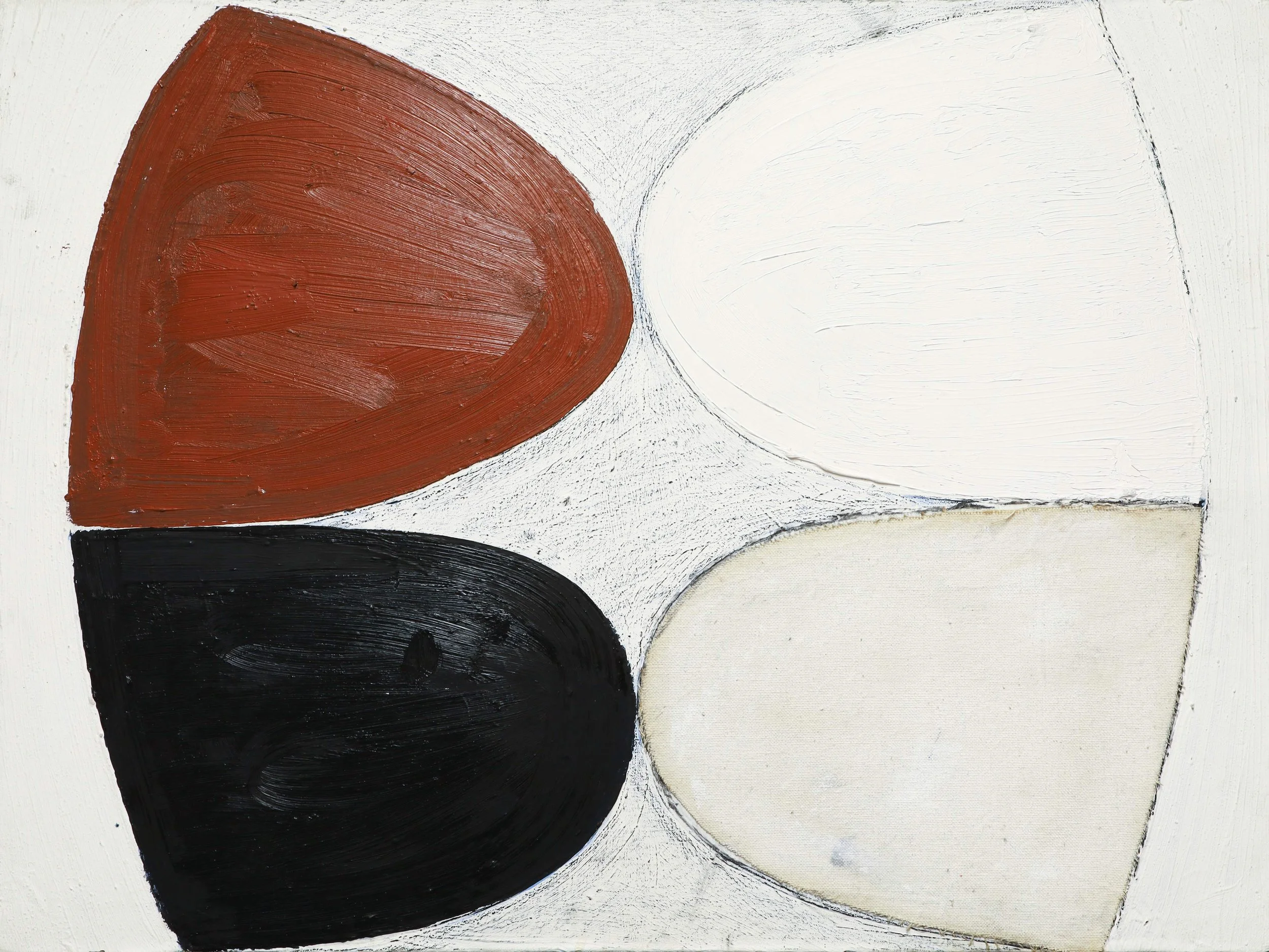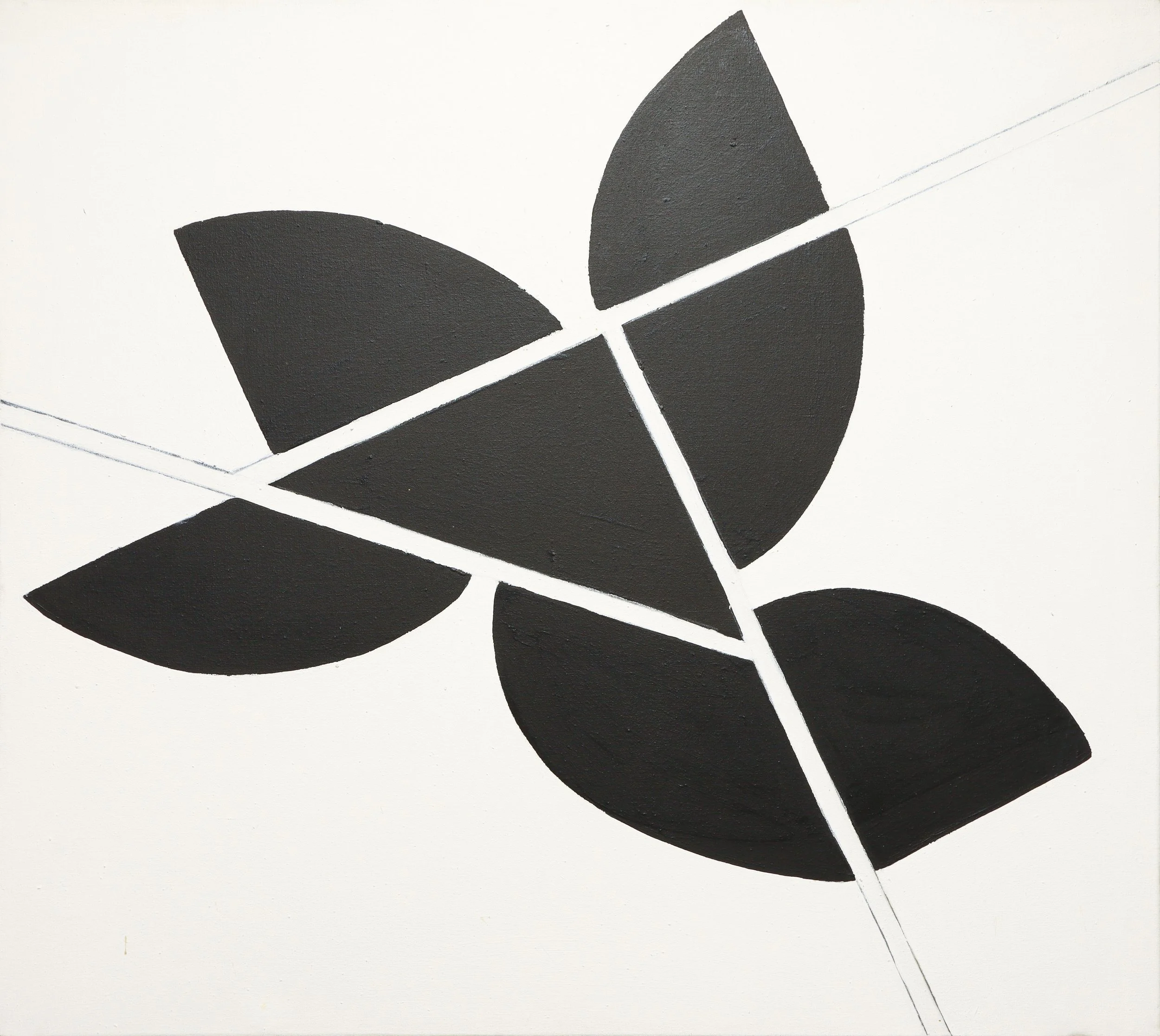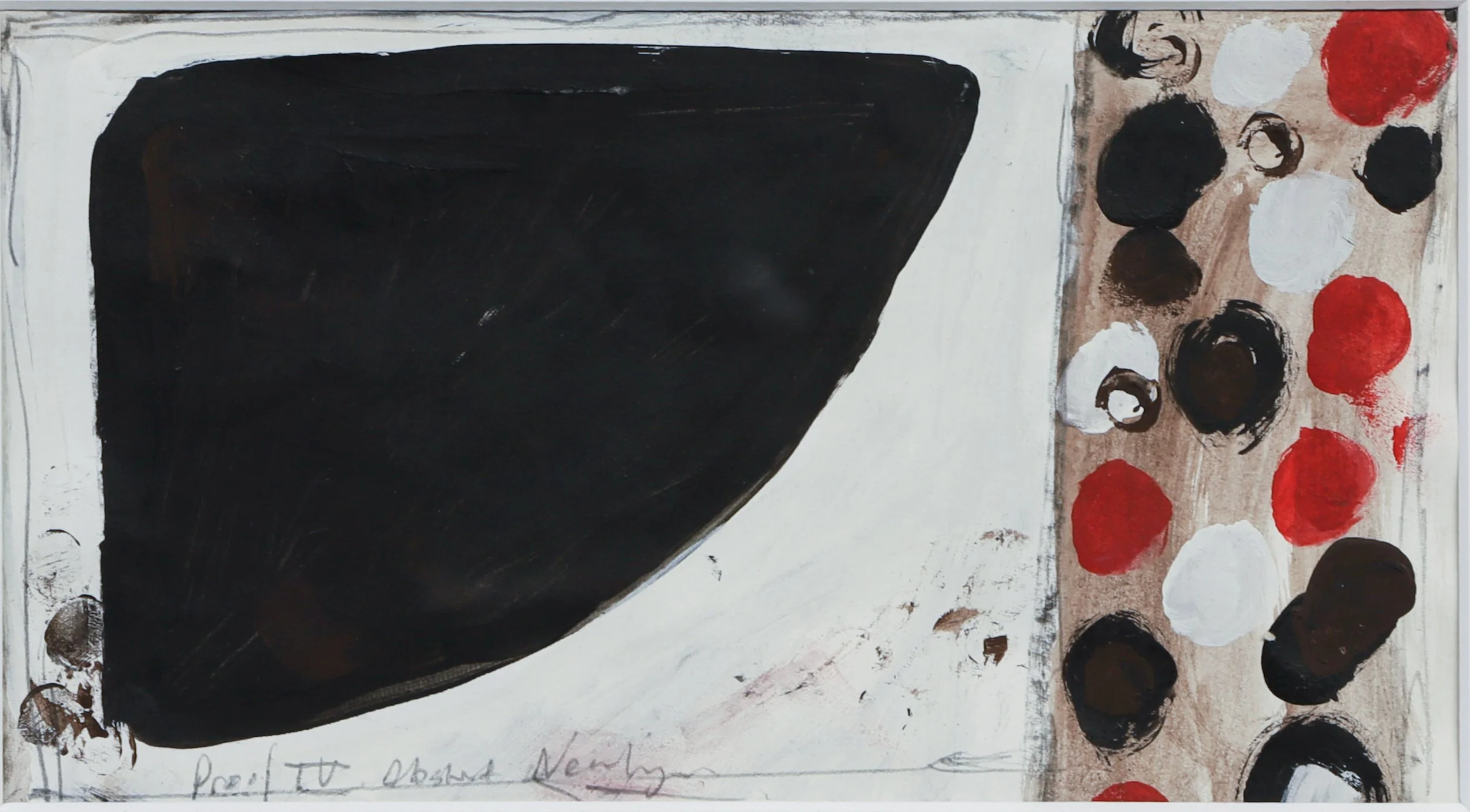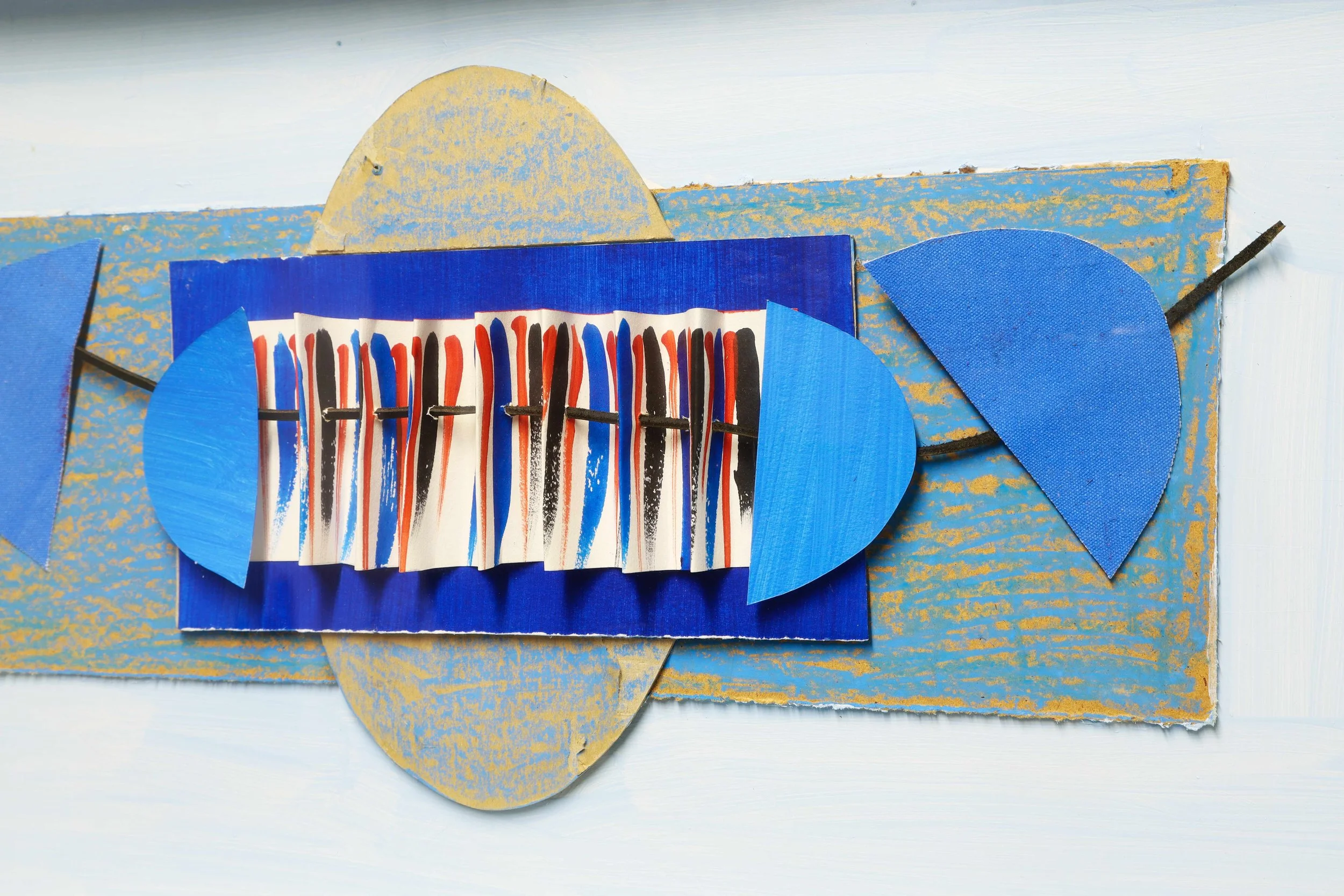Terry Frost (1915–2003)
Biography
Terry Frost was a prominent artist, printmaker, and teacher, and one of the foremost figures of the post-war artistic community in and around St Ives.
While he took some evening art classes and had an interest in art from the age of sixteen, Frost’s proper introduction happened during the Second World War in a Prisoner of War camp. There he met Adrian Heath who then taught him and encouraged him to pursue art. After returning to the UK, Frost enrolled at the Camberwell School of Art, where he was taught by Victor Passmore, who encouraged Frost’s first abstract works. While at Camberwell, Frost also attended the St Ives School of Painting. He maintained his strong connection to St Ives, eventually establishing his family home there. He began exhibiting with the St Ives Society of Artists and was elected a member of the Penwith Society in 1950. That same year, with the help of Ben Nicholson, Frost secured his first studio at Porthmeor. In 1951, he began working as a cataloguer and assistant to Barbara Hepworth.
Frost held many prestigious teaching positions throughout his career. He served as a visiting lecturer at the Bath Academy of Art and was appointed the Gregory Fellow on Painting at the University of Leeds in 1954. He also taught at the Cyprus College of Art and later became an Artist in Residence and Professor of Painting at the University of Reading. While still teaching in Leeds in the late 1950s, Frost joined the London Group.
In 1959, he returned to St Ives, and in 1963, he moved to Banbury, Oxfordshire. During this period, his work was exhibited in Europe, North America, and the UK. In the 1960s, he was represented by the Bertha Schaefer Gallery in New York, with his first exhibition there in 1960 being a great success. Frost moved back to Cornwall in 1974, settling in Newlyn, joining artists like John Wells and Denis Mitchell.
Frost was elected a Royal Academician in 1992 and knighted in 1998. A major retrospective of his work was held at the Royal Academy in 2000. Frost’s work is held in many public and private collections, including the Tate, Hepworth Wakefield, British Council Collection, Walker Art Gallery, Pallant House Gallery, The Ingram Collection, National Gallery of Scotland, the Government Art Collection, and the Yale Center for British Art.
Related artists
Adrian Heath / Ben Nicholson / Alexander MacKenzie / Roy Conn / George Dannatt / Sandra Blow / John Wells / Denis Mitchell
Available works
Please see below the selection of available original artworks by Terry Frost.
Terry Frost, Untitled (Brown, Black and White), 1972-1978. Acrylic and collage on canvas, 46 by 61 cm.
Terry Frost, Untitled (Black and White), 1979. Oil on canvas, 76 by 86 cm.
Terry Frost, Study for Quadrant and Circles, c.1967. Acrylic and pencil on paper, 11.8 by 22 cm.
Terry Frost, Takeoff, 1993. Mixed media collage mounted on board, 37 by 69 cm. Sold





